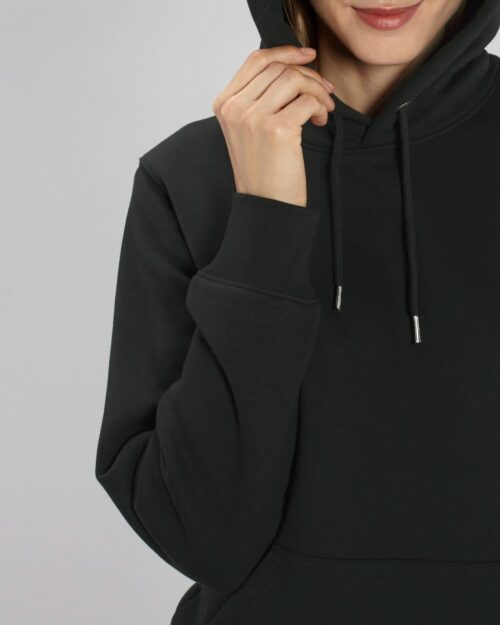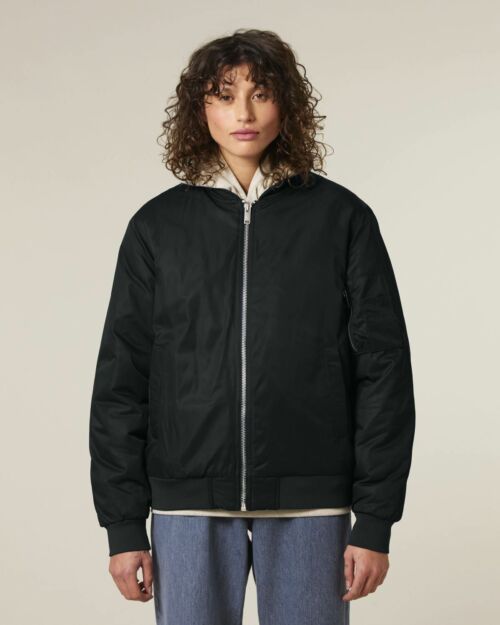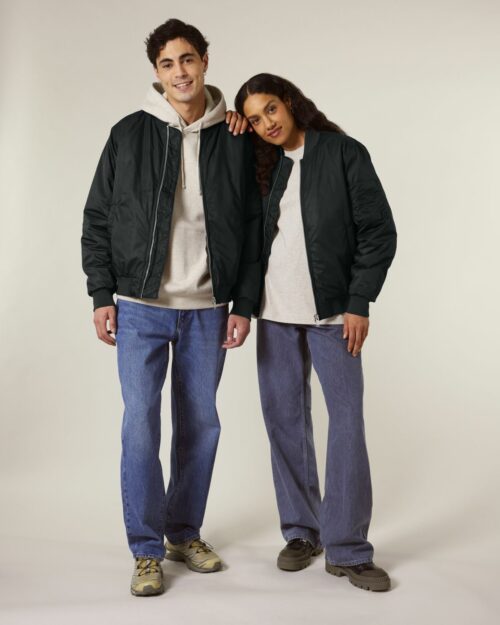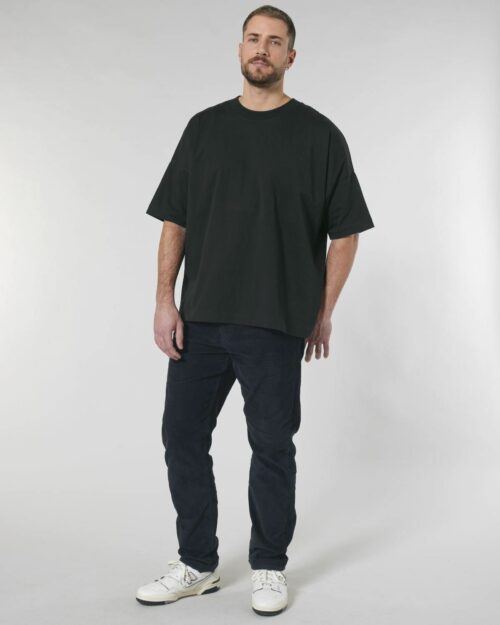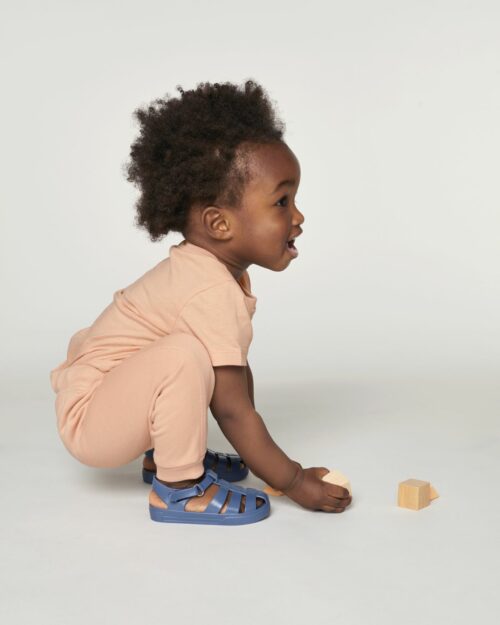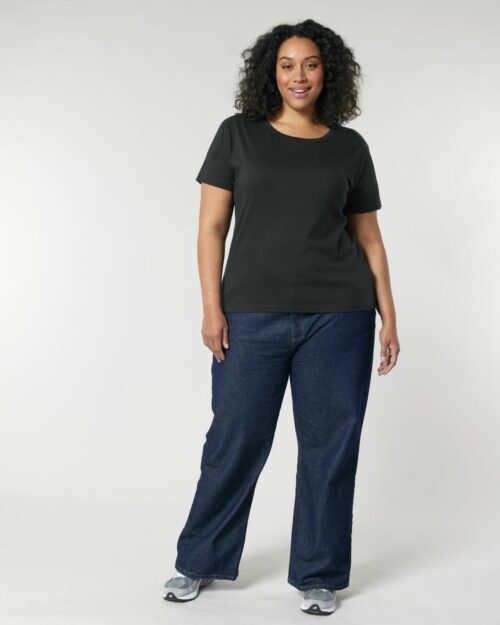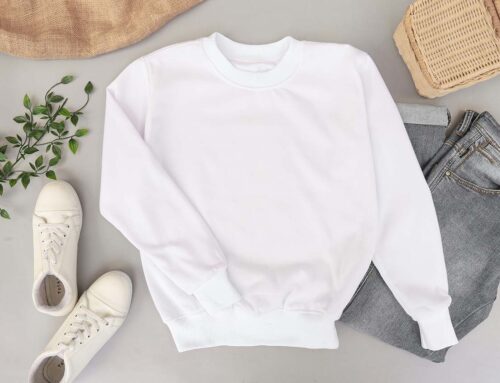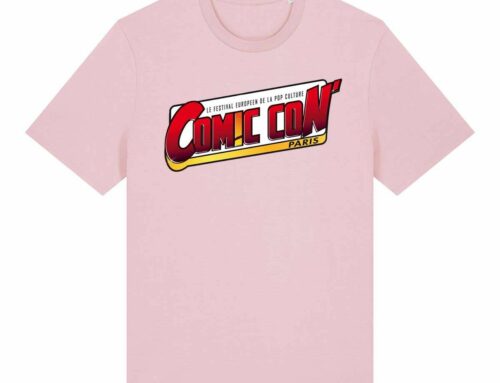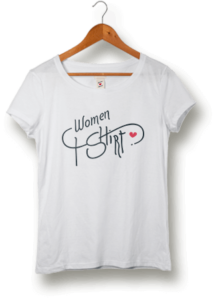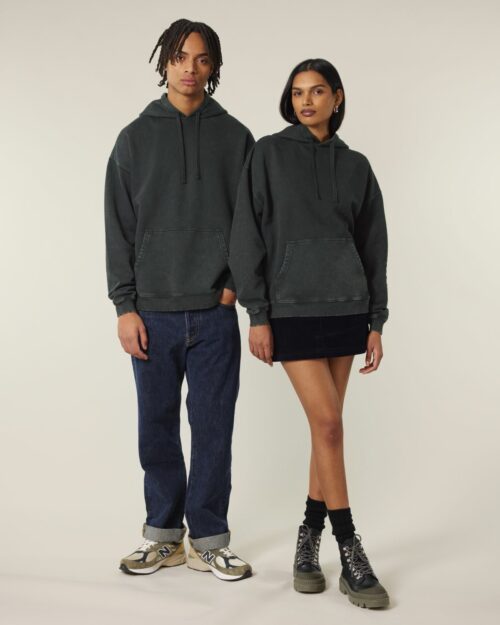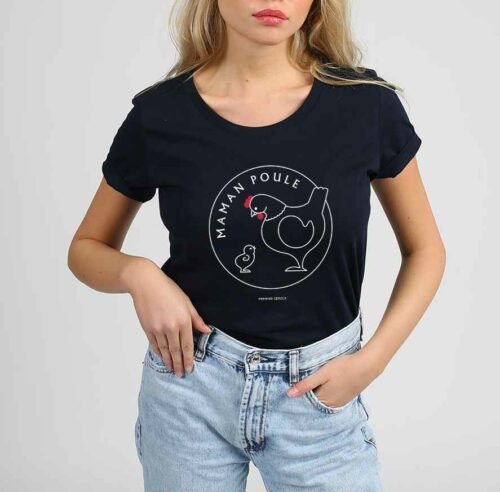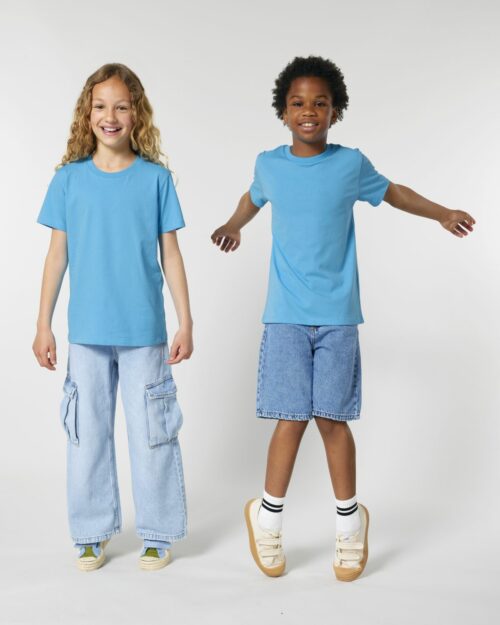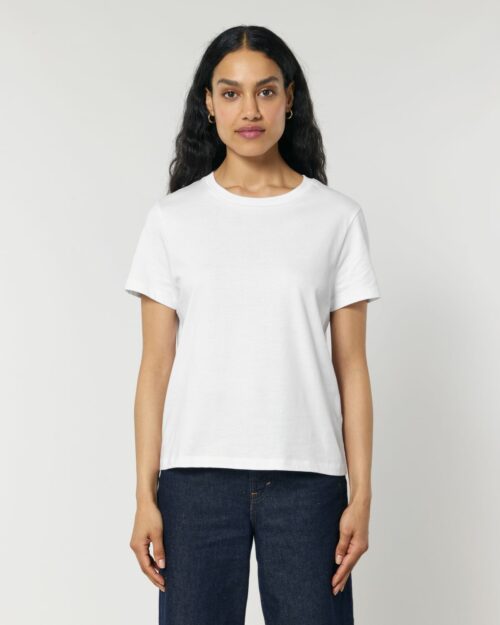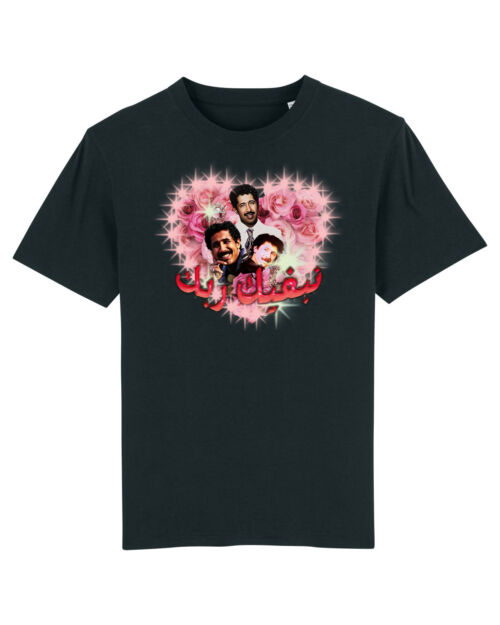Textile upcycling
Creative transformation for a sustainable future.
Upcycling: Creative transformation for a sustainable future.
Textile upcycling, also known as overcycling, is a concept that has gained importance in recent years in the context of sustainability and environmental protection. It's an innovative approach to reusing used objects and materials to create valuable new pieces, while reducing waste and preserving natural resources. In this article, we'll explore in detail what upcycling is, its fundamental principles, its environmental benefits, its impact on creativity, as well as inspiring examples of upcycling projects.
Definition of upcycling.
Upcycling is a process whereby objects or materials considered useless or end-of-life are transformed into new, valuable creations. Unlike traditional recycling, which involves breaking down materials into their basic components for reuse, upcycling aims to preserve the object's original integrity and form, while giving it new life and purpose. It's a form of reuse that encourages innovation and creativity.
Principles of textile upcycling.
Upcycling is based on several fundamental principles.
Creative reuse: The main aim of upcycling is to find new uses for existing objects by creatively transforming them to give them a second life.
Preserving value: Unlike traditional recycling, which can lead to a loss in the value of materials, upcycling aims to preserve or increase the value of objects.
Waste reduction: By reusing objects and materials, upcycling helps reduce the amount of waste sent to landfill sites.
Saving resources: Upcycling saves natural resources by avoiding the manufacture of new products from virgin raw materials.
Benefits of upcycling.
Upcycling offers many advantages, both environmentally and creatively.
Waste reduction: By reusing existing objects, upcycling helps to reduce the amount of waste that ends up in landfills, thus reducing pressure on the environment.
Resource conservation: Upcycling avoids the production of new products from virgin raw materials, thus saving natural resources such as water, energy and raw materials.
Creativity and Innovation: Upcycling encourages creativity by pushing the limits of what's possible with existing materials. It stimulates innovation and artistic expression.
Financial savings: By transforming existing objects, upcycling can be a cost-effective alternative to buying new, which can save money.
Awareness: Upcycling raises awareness of the sustainability and value of objects, which can encourage people to adopt a more environmentally-friendly lifestyle.
Examples of textile upcycling.
Upcycling can take many forms, from transforming old furniture into designer pieces to creating jewelry from recycled materials. Here are some inspiring examples of upcycling.
Creative Furniture: Old furniture can be transformed into functional works of art. For example, an old wooden door can become a unique dining table.
Ethical Fashion: Fashion designers use recycled textiles to create unique, eco-friendly garments. Used jeans can be transformed into fashionable handbags or jackets.
Original crafts: Everyday objects such as corks, used CDs and glass bottles can be transformed into unique works of art.
Interior decoration: old or obsolete objects can be reimagined to decorate your home in a creative and original way.
Ecological jewelry: Jewelry can be designed from recycled materials such as plastic bottles, soda cans or metal scraps.
In conclusion.
Upcycling is an exciting and sustainable approach to reusing used objects and materials. By transforming items that would otherwise be destined for the landfill into works of art, fashionable clothing, unique furniture and much more, upcycling shows us that creativity can be a driver of positive change for our planet.
By embracing upcycling in our daily lives, whether through personal projects or by supporting upcycling initiatives, we can all contribute to a more sustainable future. Upcycling reminds us that creativity can be a powerful tool for solving the environmental challenges we face, while adding a touch of originality and beauty to our world. So don't underestimate the transformative potential that lies in objects you consider obsolete, as they could well become tomorrow's gems thanks to upcycling.



